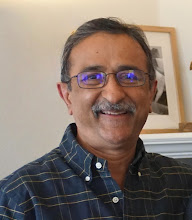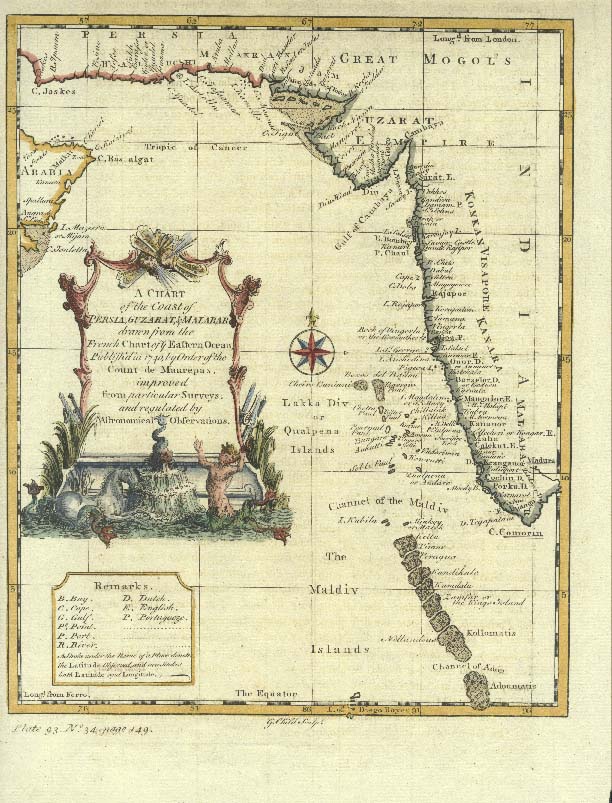And it's Cannanore connection!!
Many articles have been written about Higginbotham’s in the past and the consensus is that the founder and original owner was Abel Joshua Higginbotham. This has been documented so by the chronicler of Madras, the venerable S Muthiah, in his Madras books, as well as other authors who wrote specifically about the bookshop and its run through the ages. During my stay in Madras, in the 80’s it was a favorite haunt, just a quick trot from Ambika Nivas on Pycroft’s road to the Higginbotham’s building. I spent many an enchanted hour among the thousands of lined-up books, taking in those titles and smells. But more than that, it was omnipresent at all major railway stations and had been the source of ‘pocketbooks’ as they were called, those by James Hadley Chase, Perry Mason (ES Gardener), Nick Carter, Sudden, Louise L Armor, and so on, during school days.



